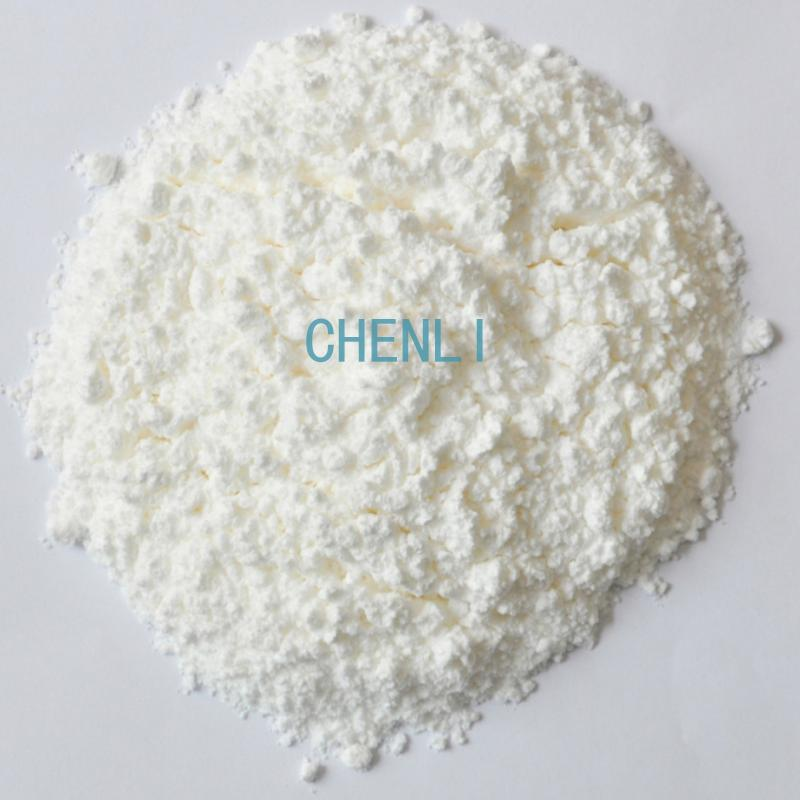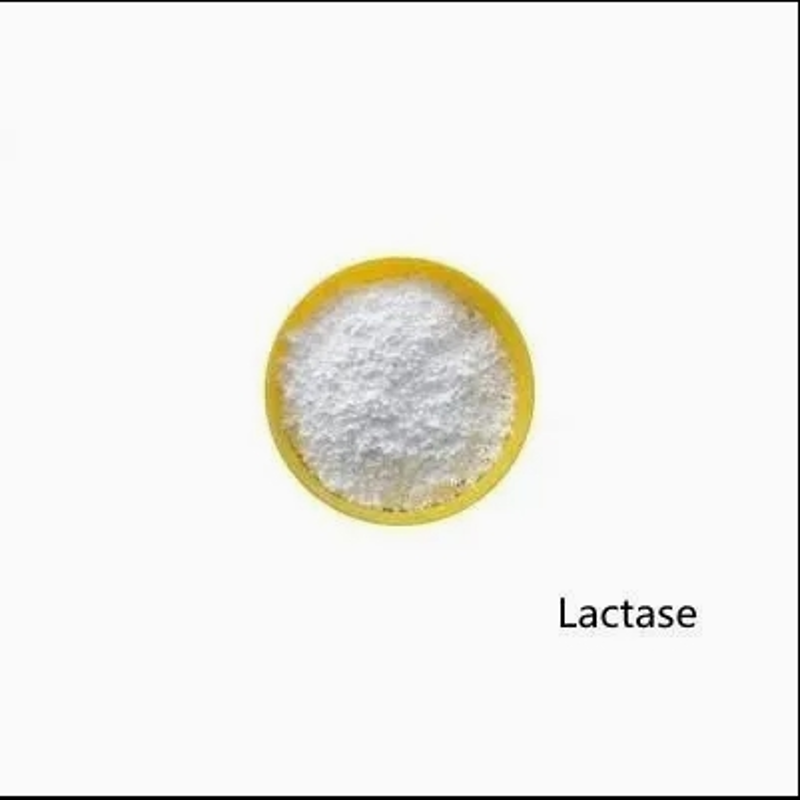-
Categories
-
Pharmaceutical Intermediates
-
Active Pharmaceutical Ingredients
-
Food Additives
- Industrial Coatings
- Agrochemicals
- Dyes and Pigments
- Surfactant
- Flavors and Fragrances
- Chemical Reagents
- Catalyst and Auxiliary
- Natural Products
- Inorganic Chemistry
-
Organic Chemistry
-
Biochemical Engineering
- Analytical Chemistry
-
Cosmetic Ingredient
- Water Treatment Chemical
-
Pharmaceutical Intermediates
Promotion
ECHEMI Mall
Wholesale
Weekly Price
Exhibition
News
-
Trade Service
China Business Intelligence Network News: domestic sugar prices flat, international sugar prices turned upward.
expected the near future domestic sugar prices to run smoothly and weakly mainly.
(a) domestic sugar prices fell slightly flat.
, the average domestic sugar price was Rmb5,171 a tonne, down 25 yuan, or 0.5 per cent, month-on-month, and 223 yuan, or 4.1 per cent, year-on-year.
the lowest sugar price in the same period in the last five seasons.
the main reason for the flat decline in domestic sugar prices is the abundant supply of domestic sugar and the lack of demand.
(ii) international sugar prices rose.
June, the average international sugar price (ICE 11 raw sugar futures, the same as 11) was 12.44 cents, up 0.63 cents, or 5.3 percent, from a year earlier, and 0.36 cents, or 3.0 percent, from a year earlier.
increase in international sugar prices was mainly due to strong demand for ethanol in Brazil, rising corn prices and the appreciation of the Brazilian currency.
(iii) the difference between domestic and foreign prices narrowed.
June, Brazil's sugar-to-shore after-tax price of 15% of the quota was 3,413 yuan per ton, up 122 yuan, or 3.7%, month-on-month, 1,758 yuan lower than the domestic sugar price and 147 yuan less than the previous month.
The post-tax price of Brazilian sugar, which is 50% tariff outside the import quota, was 4,346 yuan per ton, up 160 yuan, or 3.8%, month-on-month, 825 yuan lower than the domestic sugar price and 185 yuan less than the previous month.
the narrowing of the price difference is mainly due to the rise in international sugar prices and a slight decline in domestic sugar prices.
price of Brazilian sugar after-tax onshore duty of 35% outside the tariff quota is 5,278 yuan per ton, 107 yuan higher than the domestic sugar price.
sugar imports fell sharply in January-May.
, China imported 383,400 tons of sugar, an increase of 12.0% month-on-month and 90.3% year-on-year.
January-May, China imported 929.8 million tons of sugar, a decrease of 15.6% YoY, and imports of US$325 million, a decrease of 25.3% YoY.
imports of sugar mainly from Brazil (40.3 per cent of total imports), Cuba (35.9 per cent) and Thailand (14.6 per cent).
(v) The International Sugar Organization (ISO) raised the global sugar oversupply for the 2018/19 squeeze season.
International Sugar Organization (ISO) June 10 report: Global sugar production is expected to be 179 million tons in the 2018/19 quarter, the oversupply will reach 1.83 million tons, higher than the previous estimate of 641,000 tons, the main reason for the increase in excess is India, Thailand, a sharp rise in production, sugar consumption demand prospects decline.
Rabobank expects a global sugar shortage of 4.2m tonnes in the 2019/20 season.
(vi) it is expected that domestic sugar prices will be stable and weak in the near future.
domestic market, China's sugar production in 2018/19 has ended.
According to the China Sugar Industry Association, as of the end of May, the country's cumulative sugar production in 2018/19 was 10.76 million tons, an increase of 450,000 tons, or 4.4%, over the same period last year;
, market fundamentals are relatively stable, and domestic sugar prices are expected to run steadily and weakly in the near future.
the international market, international agencies are more in agreement on the global sugar shortage in the 2019/20 season, india's lack of monsoon rainfall, the United States corn and ethanol prices, and other factors further stimulated the bullish international sugar price sentiment.
, however, there are more uncertainties affecting international sugar prices, and the actual trend of international sugar prices in the later period needs to pay close attention to the changes of these factors.







